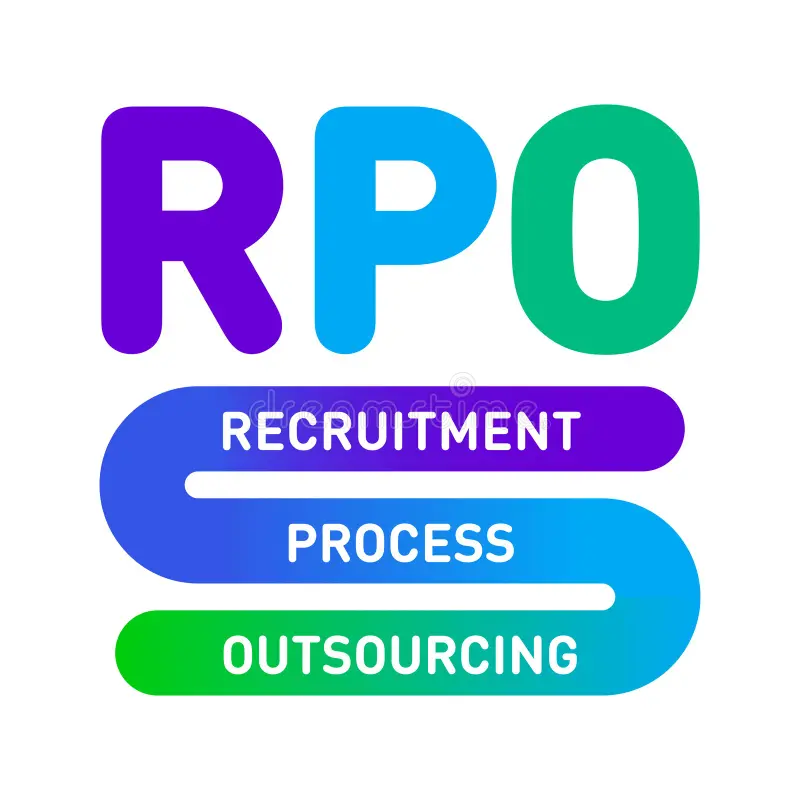The End-to-End Process of Recruitment: Finding the Right Fit
Recruitment is the cornerstone of building a successful and dynamic organization. It's the process of identifying, attracting, and selecting qualified candidates to fill job openings within a company. An effective recruitment process not only ensures that a company has the right talent but also plays a pivotal role in shaping its culture and future. In this blog, we'll delve into the Read more end-to-end process of recruitment, from defining job requirements to onboarding the chosen candidate.
Define Job Requirements
The recruitment process begins with a thorough analysis of the job requirements. This stage involves collaborating with hiring managers and key stakeholders to define the role's responsibilities, qualifications, and expectations. Creating a detailed job description is crucial as it sets the foundation for the entire recruitment process.
Sourcing Candidates
Once the job requirements are clear, the next step is to source potential candidates. This can be done through various channels:
a. Internal Recruitment: Consider existing employees for internal promotion or lateral moves.
b. External Sources: Utilize job boards, company websites, social media, and professional networking platforms to advertise the job opening.
c. Recruitment Agencies: Partner with recruitment agencies or headhunters to find qualified candidates.
d. Employee Referrals: Encourage employees to refer candidates from their network.
e. Campus Recruitment: For entry-level positions, visit colleges and universities to identify young talent.
Screening and Shortlisting
As applications start pouring in, the screening process begins. This involves reviewing resumes and application forms to identify candidates who meet the job requirements. Screening may also involve initial phone or video interviews to assess the candidate's suitability and interest in the position.
Interviewing
The interview stage is a critical part of the recruitment process. It typically involves a series of interviews, including:
a. Phone/Video Interviews: Initial interviews to assess basic qualifications and cultural fit.
b. Technical/Functional Interviews: Assess the candidate's skills and abilities related to the job.
c. Behavioral Interviews: Evaluate how a candidate's past experiences align with the organization's values and culture.
d. Panel Interviews: Conducted by a group of interviewers to gather different perspectives.
e. Final Interview: Often with senior management or key decision-makers.
Assessment and Testing
Depending on the position, candidates may be required to complete assessments or tests to evaluate their technical skills, problem-solving abilities, or cognitive aptitude. These assessments provide valuable insights into a candidate's capabilities and suitability for the role.
Reference Checks
Reference checks are conducted to verify a candidate's employment history, skills, and qualifications. Contacting previous employers or colleagues can provide valuable insights into a candidate's work ethic, performance, and character.
Offer and Negotiation
Once a suitable candidate is identified and reference checks are completed, the next step is making a job offer. The offer includes details such as compensation, benefits, and other terms of employment. Negotiations may take place during this stage, and it's crucial to strike a balance between meeting the candidate's expectations and aligning with the company's budget.
Onboarding
After the candidate accepts the offer, the onboarding process begins. Onboarding is more than just paperwork; it's about integrating the new employee into the organization. This includes orientation, training, and introductions to team members and company culture. A well-structured onboarding process can significantly impact an employee's long-term success within the organization.
Conclusion
The croxrpo end to end process of recruitment is a complex and multifaceted journey that requires careful planning and execution. Finding the right fit for your organization goes beyond just matching skills and qualifications; it's about aligning values, culture, and goals. By following these steps and continually refining your recruitment process, you can attract and retain top talent that will contribute to your company's success. Remember, recruitment is not just about filling a position; it's about building a team that drives your organization forward.


Comments
Post a Comment